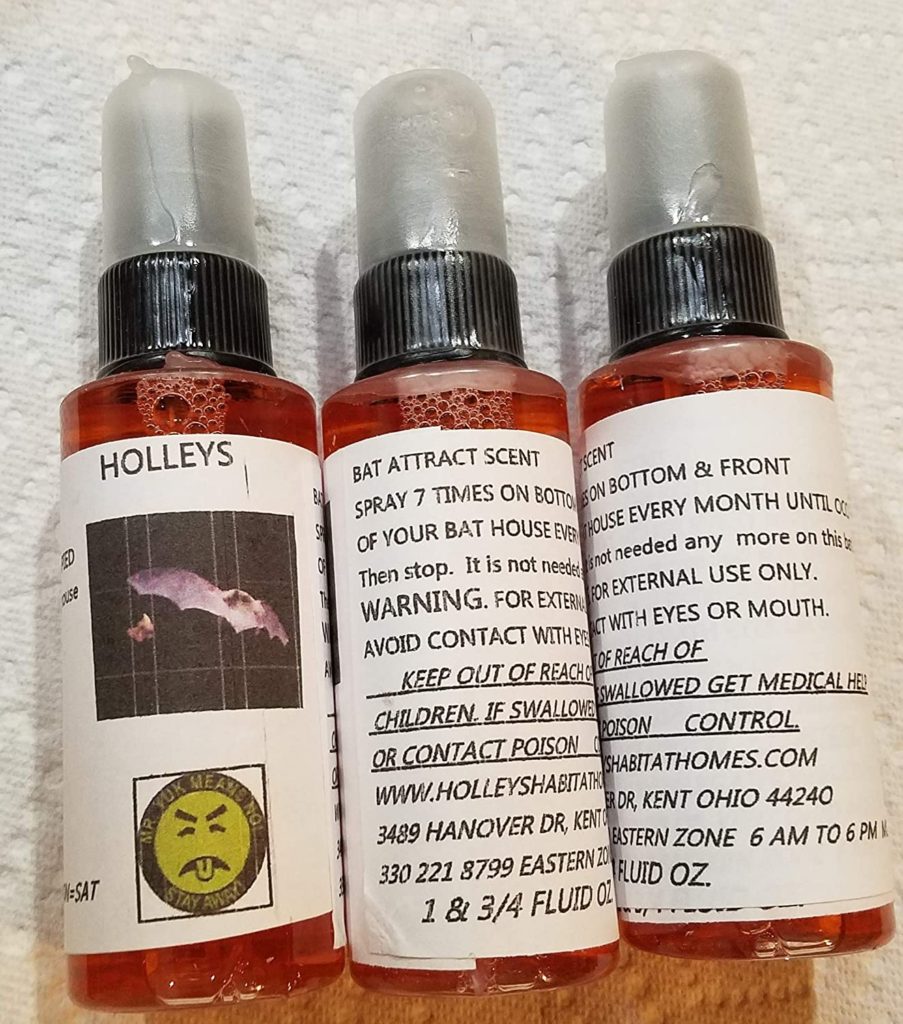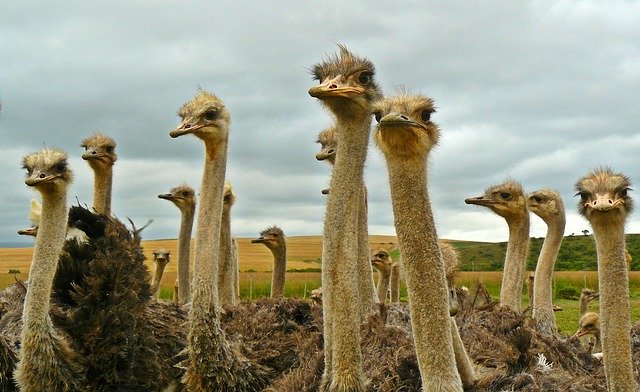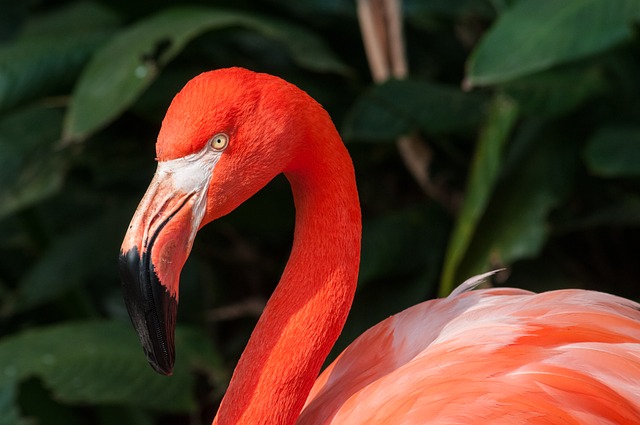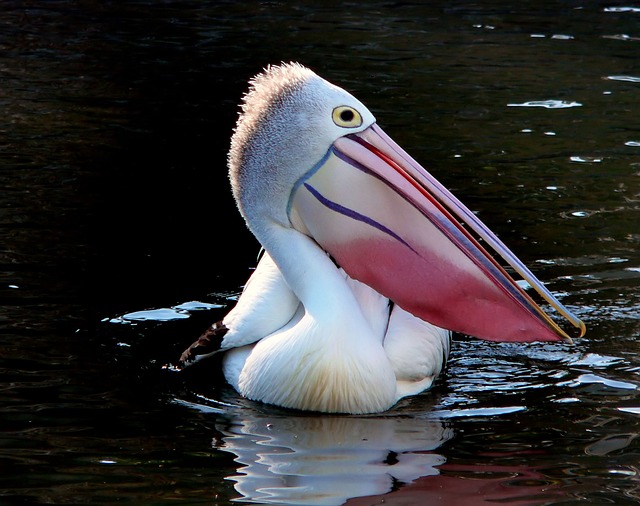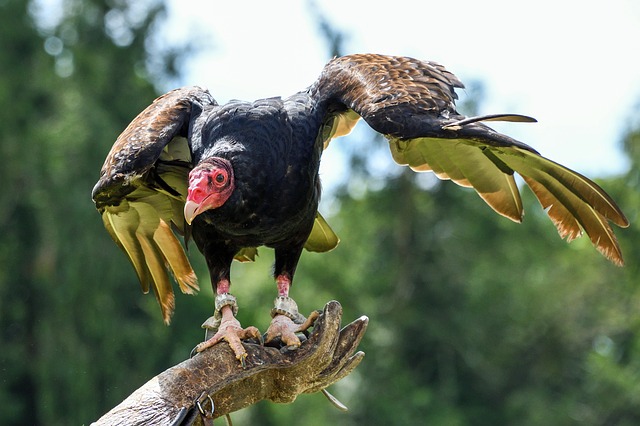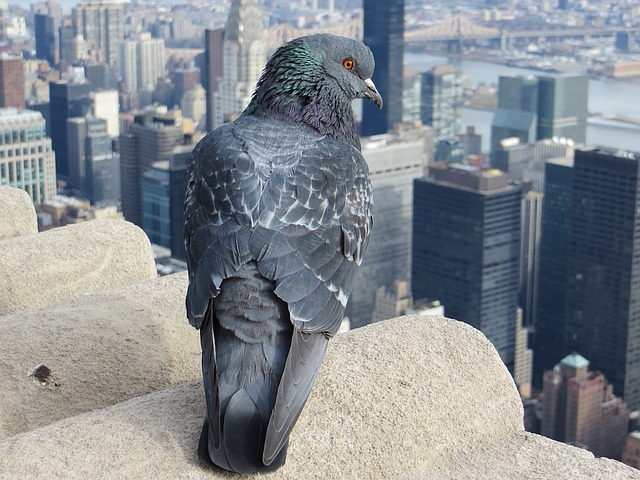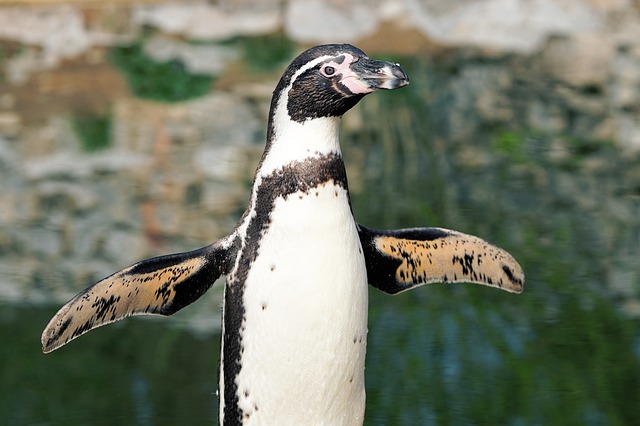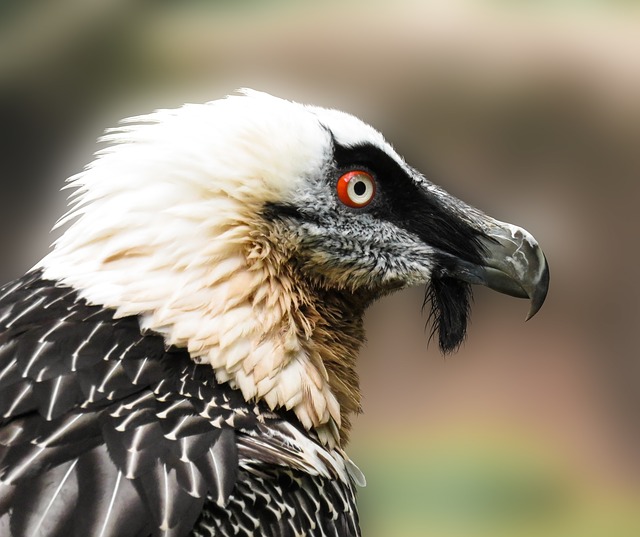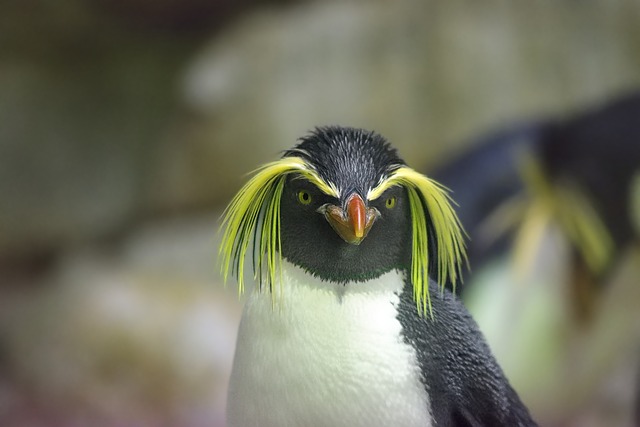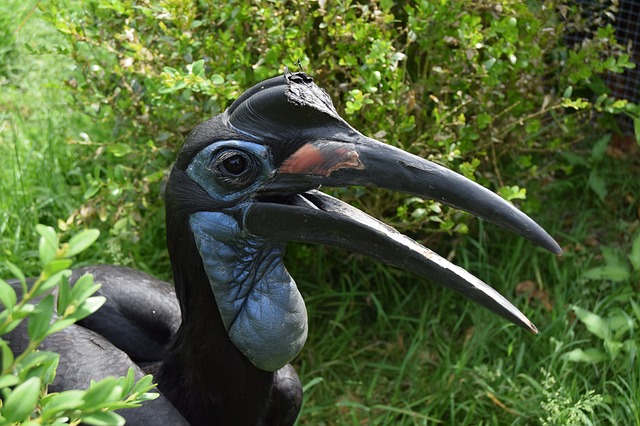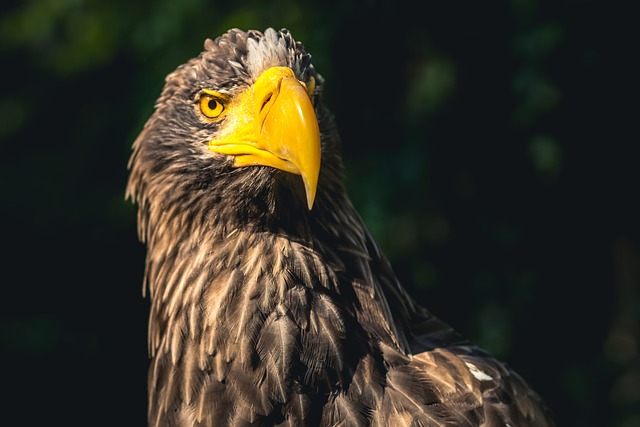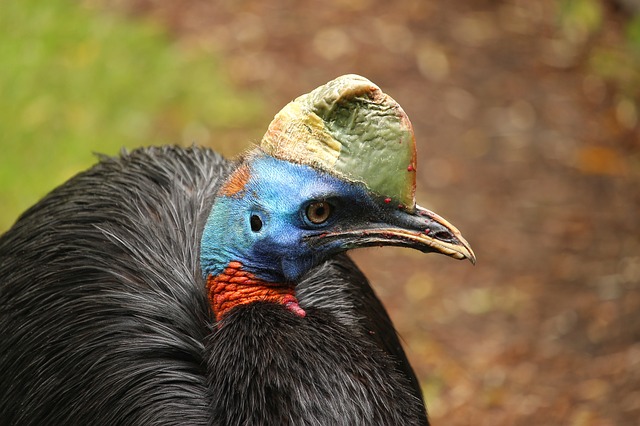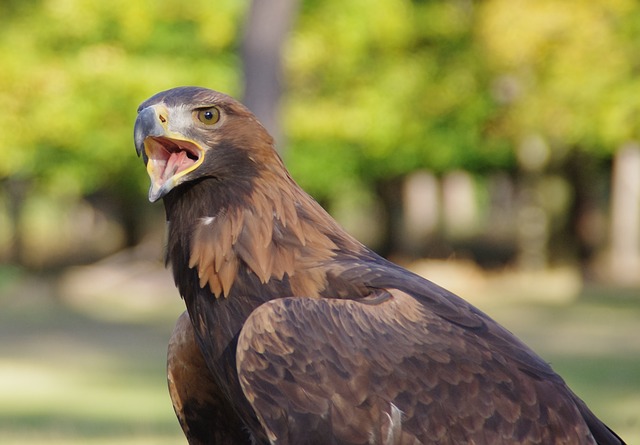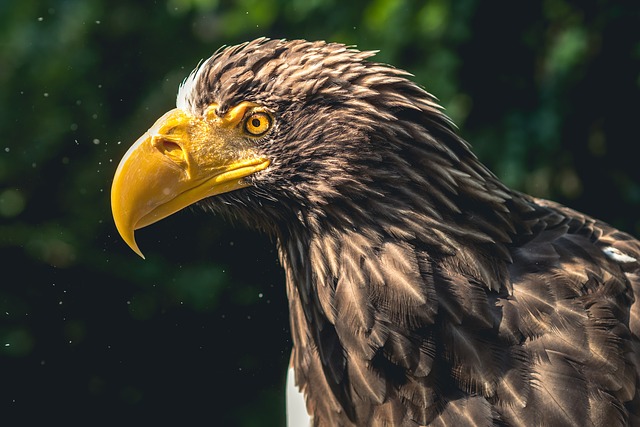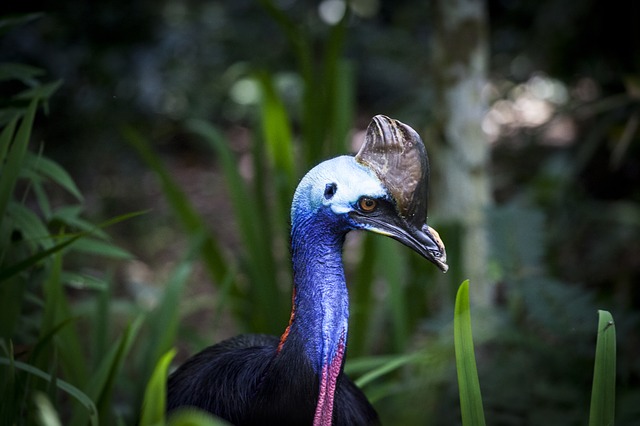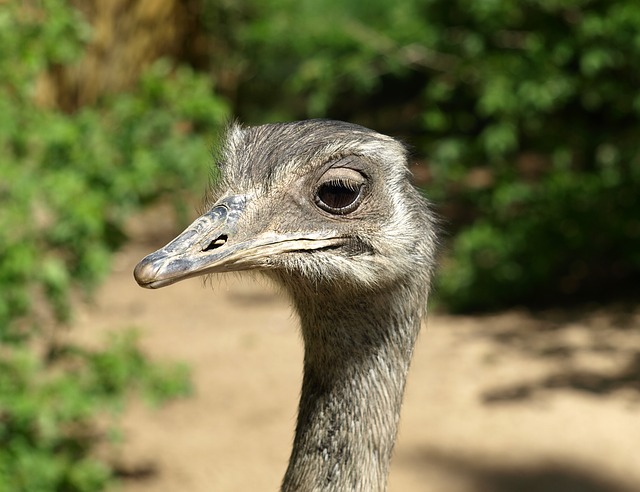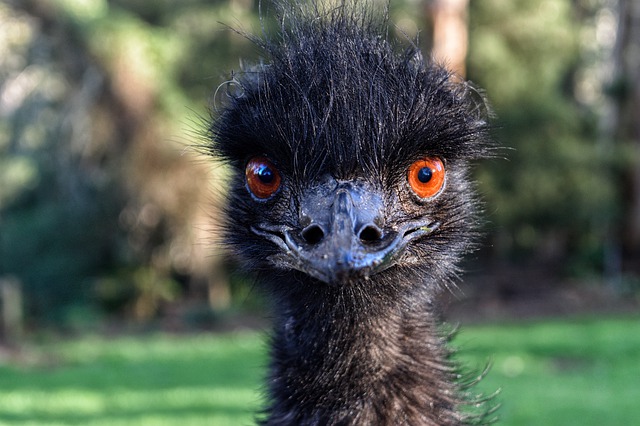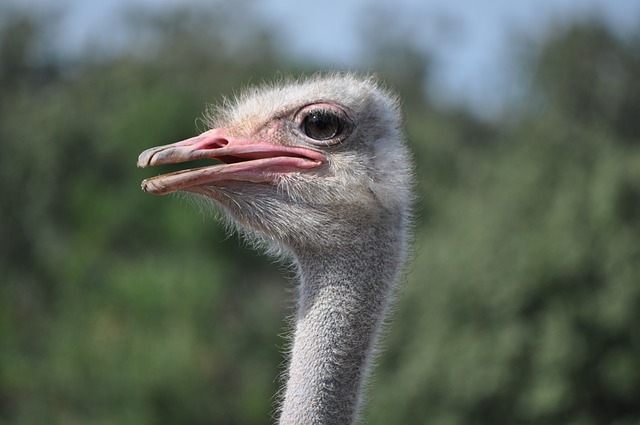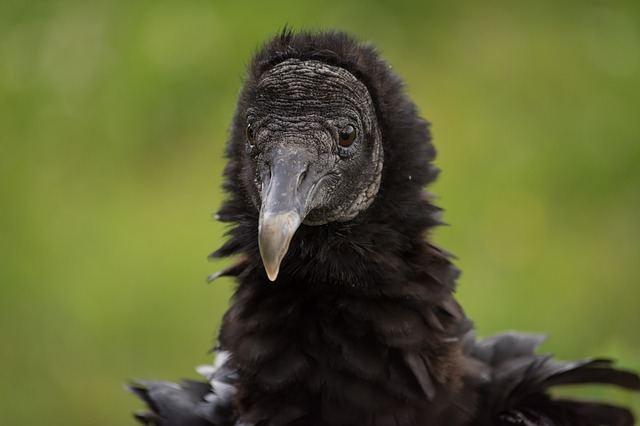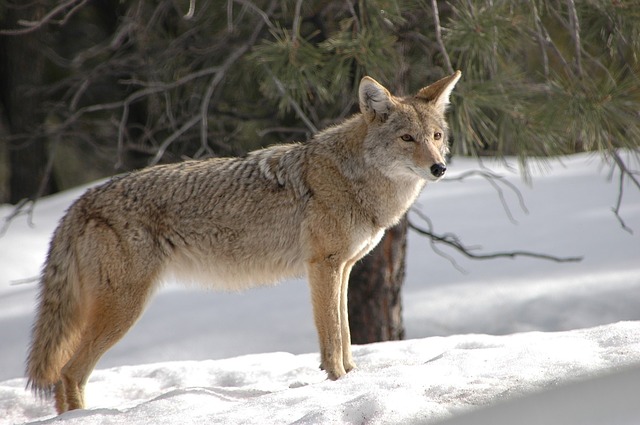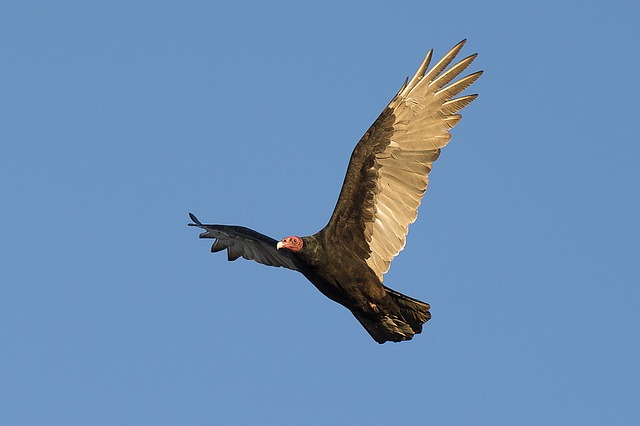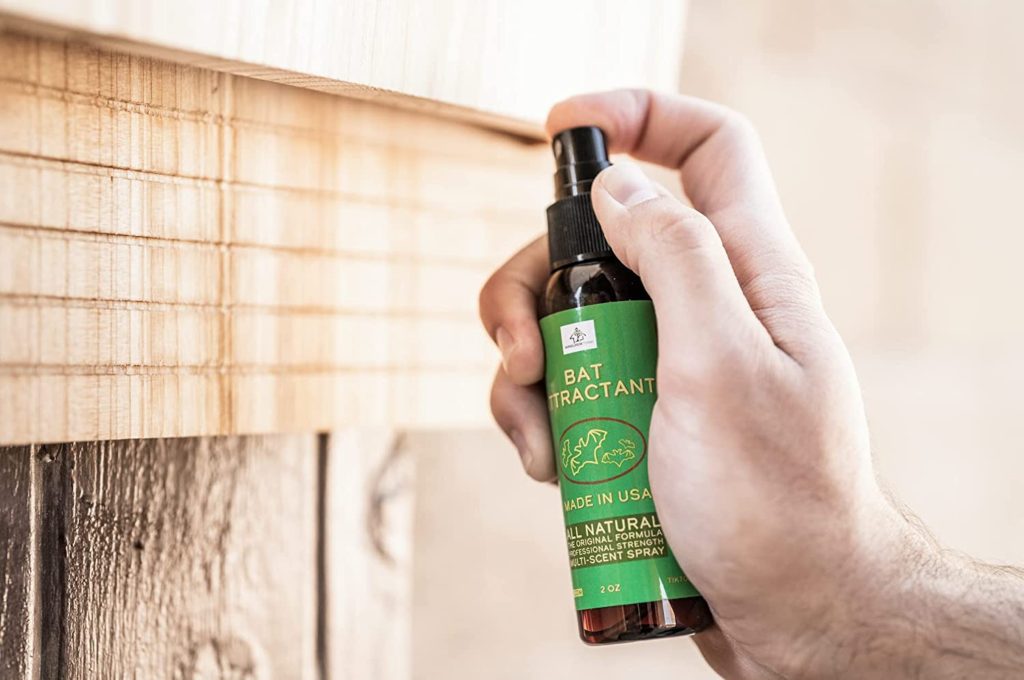
Purchasing a bat house is easy, however, having a colony of bats take up residence inside it is sometimes another story. To tip the odds in your favor using bat attractant can help. Here’s what you’ll want to know when considering using it.
Bat House Benefits
Having a bat house that’s full of bats can have many advantages. Bats can help to put a huge dent in your mosquito population as they each are capable of gobbling up around a thousand of these backyard pests per hour.
And of course, don’t forget the grade-A guano (bat poop) fertilizer for your garden. Even with the right placement, however, it’s not uncommon to have to wait a year, two, or even three before they move in and you can enjoy these bat house benefits among others.
Bat House Placement Comes First
No amount of bat attractant will work if you don’t have your bat house in the right location. So before you start spraying it with any scents you need to know where to put a bat house first. Bats like to roost near a freshwater source, and that typically means within a quarter of a mile at the most. (Man-made alternatives such as birdbaths can be used as a substitute.)
Your bat house should also be installed in a spot that gets daily direct exposure to the sun. Facing an eastern or southeastern orientation can help with this since it keeps the temperature in the house high which is what bats prefer. You’ll also want to make sure the house is at least ten feet off the ground or higher and doesn’t have any obstructions such as branches near the entrance so the bats can enter and exit easily and safely.
Bat House Attractant Basics
Studies show that bats are very responsive to smells. They also search out spaces where other bats happen to be currently roosting. A bat attractant helps you use these natural traits to your advantage. The goal of an attractant is to get the bats to investigate your bat house. And if you have placed it in a location that creates the conditions they like, then hopefully they will move in.
Because bats have a sensitive sense of smell many bat house owners will fill their new bat house with damp soil before using it. By leaving soil inside the house for a few days and then dumping it out, it can help to get rid of the new bat house smell which bats tend to avoid. Another simple action which can help too is to simply let your house air out and weather a bit outdoors for a period of time before installing it and using your attractant.
Bat Attractant Options
When choosing an attractant you have a couple of different types to pick from. Some consist of a paste made from actual guano which of course can be very convincing to a bat’s nose that bats have been using your bat house. If you have an active roost on your property or know someone who does, you may want to make your own homemade bat attractant.
To do so you’ll need to collect about a cup of guano and then mix it with water. Once it has a paste-like consistency you can pour it into your bat house which will allow it to really soak in. This method is not for the squeamish and you’ll want to wear a paper filter mask and rubber gloves when doing so for safety. Luckily you don’t have to use guano at all in order to attract bats to your yard and bat house.
There are also sprays that smell like bat pheromones. Ammonia sprays are another choice as well, and these mimic the smell of bat urine since that is one of the chemicals that it naturally contains. These two types of sprays are typically the most popular since you won’t have to deal with any bat poop, possible bacteria, or mess.
When To Use A Bat Attractant
Oftentimes, people will install their bat house and after a long period of waiting get frustrated when it doesn’t seem to be attracting bats. They will then try an attractant. There’s nothing wrong with doing this but you may end up wasting a lot of time waiting first with nothing to show for it. The easiest way to save time and increase your odds is to use a bat house attractant from the start.
But don’t forget, house placement is critical. The time of year and your location can also play a role. Normally the best months to install a bat house and use your attractant are from January to April. This is when bats come out of hibernation and are looking for their summer-time roost. Of course, you will want to be sure to follow the seller’s instructions for where and how frequently to apply your specific attractant.
Using a bat attractant isn’t foolproof. However, it can definitely help to increase the odds of getting bats into a bat house without a long wait and being able to enjoy the benefits of having them inside as quickly as possible!
Start Shopping for Bat Attractant!
Ostrich Facts
The ostrich is a unique bird that is famous for its enormous size. But there are many more things you’ll want to know about this unusual-looking species. So here are some of the most amazing ostrich facts. Ostriches Live In Groups With more eyes on the lookout for...
Pink Bird Species
There’s just something special about pink plumage. Not only does it stand out visually, but the fact that it’s quite rare in the world of birds makes it even more extraordinary. So here are some of the coolest-looking pink bird species you’ll want to check out. Galah...
Birds With Strange Beaks
Birds with strange beaks can look totally bizarre. However those weird looking beaks are actually highly specialized tools. So here are some of the birds with the strangest beaks of all, along with what you'll want to know about them. Spoonbill Spoonbills are wading...
Birds That Look Like Turkey Vultures
The turkey vulture is a large and unique-looking scavenger. It has a featherless red head and dark plumage. However, despite its distinct appearance, there are a handful of other birds that look like turkey vultures. The following are the most similar-looking species....
Types Of Pest Birds
Pest birds come in a variety of shapes and sizes. However they all have one thing in common: they can be a real nuisance to us humans in one way or another. The following are the most common types of pest birds you’re likely to encounter. European Starling The...
Birds That Look Like Penguins
Penguins are flightless birds that typically have black and white plumage. They are top-notch swimmers that are only found in the Southern Hemisphere. However, there are quite a few other birds that are often confused with them. So here’s a list of birds that look...
Scary Looking Birds
There are many bird species that are known for their incredible beauty. Yet there are a few that are instead famous for their frightening appearance. So here are some scary looking birds you’ll want to check out. Shoebill The shoebill is a truly prehistoric looking...
Crazy Looking Birds
There is an unbelievable number of bird species on the planet. And that means that there are a few that are bound to stand out in terms of their looks. So here are some crazy-looking birds, that you’ll not only be shocked to see but that you’ll want to learn more...
Prehistoric Looking Birds
The birds we see today evolved from dinosaurs. Many species have changed so much that they don’t really resemble their ancestors much at all. Yet there are still a handful of birds that look as if they have stepped right out millions of years in the past. So here are...
Dinosaur Looking Birds
Modern-day birds are generally accepted to have evolved from dinosaurs. And there are many species that even today still have a prehistoric appearance. So here are some of the most dinosaur-looking birds on the planet. Stellar’s Sea Eagle With their sharp talons and...
Cassowary Facts
The cassowary is a unique-looking flightless bird native to Australia, Papua New Guinea, and Indonesia. And there are many fascinating things about them. So here are some of the most interesting cassowary facts. It's The Most Dangerous Bird On The Planet The cassowary...
Golden Eagle Facts
The golden eagle is a large bird of prey. And there are many amazing things you’ll want to know about this species. So here are some of the top golden eagle facts. It's A Highly-Respected Species In The World Of Falconry Falconry is the sport of hunting animals using...
Eagle Facts
Eagles are big and powerful built birds of prey. There are many amazing things you’ll want to know about these truly spectacular birds. So here are some of the most interesting eagle facts. The Steller’s Sea Eagle Is The Largest Eagle Species In The World The...
Birds That Look Like Cassowaries
Cassowaries are big flightless birds native to Australia, Indonesia, and Papua New Guinea. These wary critters are well-known for their brightly-colored heads which have a casque or “helmet,” on top. However, despite their unique looks, they are often confused with...
Birds That Look Like Rheas
Rheas are large flightless birds native to South America. These big grayish-brown birds are well-known for their long necks and for using their wings to help them balance and change direction when running. However, they are often confused with several other types of...
Birds That Look Like Emus
Emus are large, brown, flightless birds that are only found in Australia. These Australian icons are well-known for their size and unique looks. However, they are often confused with several other types of birds that have a similar appearance. So here’s a list of...
Birds That Look Like Ostriches
Ostriches are flightless birds with bare necks and heads. They are well-known for their ability to run at high speeds but also because they’re the largest species in the world. However, they are often confused with several other types of birds that have a similar...
Black Vulture Pictures
Black vultures aren’t typically thought of in a positive light. However, these important birds help to keep the environment free of disease and harmful bacteria by feeding on the remains of dead animals. But there are many more interesting things about them as well....
Coyote Facts
The coyote is a wild canine found in North America that’s typically about the size of a medium-sized dog. There are many things you’ll want to know about this wily species that’s famous for its intelligence. So here are some of the most interesting coyote facts. The...
Turkey Vulture Facts
The turkey vulture, also known as the turkey buzzard, is a bird of prey with a unique red head. There are many interesting things you’ll want to know about this commonly seen vulture species. So here are the most amazing turkey vulture facts. The Turkey Vulture Has An...

